This was a weekend trip with my family (husband and parents) to see the famous Ajanta and Ellora caves, in March 2018. This was not a good time to visit, as it was unbelievable hot and dry. A much better time would be during the monsoons in July/August so you can see the waterfalls around Ajanta caves. Or, December- February for cooler weather but no rains.
We stayed at the Ginger hotel- a simple and comfortable hotel.
Day 1:
We arrived very early in the morning by overnight bus and checked into our hotel. After getting some sleep, we had breakfast at the hotel and were picked up by our driver. We had hired a car and driver for the weekend to take us around.
Day 1 included a visit to the Ajanta caves. The caves were about an hour's drive away. We were driven to a view point from where we got a panoramic view of all the caves cut into the curved cliffside rock. We visited in summer so it was brown and dry, but during the monsoon, little waterfalls flow over the cliff along the faces of the caves.
From the viewpoint, there was a path that headed down towards the caves and we walked that route. Our driver took the car and agreed to meet us near the caves (there was an alternate road that led directly to the caves).
We climbed down the path and headed off to see the 30 or so Buddhist caves that had been carved out of the rock. Some of these caves even had intricate paintings on the walls. There was a little Archeological Survey of India shop at the cave entrance that sold a little guide book that explained each of the caves and their significance. I would recommend buying this. If not, there were also a number of guides at the spot who would show you around the caves and point out little details, explaining the history. The painitngs were surprisingly well-preserved considering they were between 2000- 1500 years old!
We were at the caves till late afternoon. We had lunch at the MTDC restaurant just outside the caves- it was not great but we were hungry.
After eating, we were picked up by our driver and headed back to Aurangabad city. We stopped on the way to see the Ajanta caves market that sold small souvenirs.
We got back to our hotel, stopping for tea on the way. After some rest, we headed off on foot to find a place for dinner- we ate at Yalla Yalla
When we looked up dishes to try in Aurangabad, we came across the name of a staple food called Naankhaliya (naan bread cooked in a tandoor served with khaliya, a spicy red mutton curry, which has been slow cooked all day). Unfortunately this was nowhere on the menu of any place we had seen, nor was our driver able to help us out on where we may find some. We finally asked the owner of the restaurant where we may get some, and he offered to bring us some specially homemmade Naankhaliya the next day!
After rounding off our meal with some paan, we headed back to get some sleep.
Day 2
The next day we headed to the much closer Ellora caves. These caves too, were large Hindu, Buddhist and Jain temples cut of of a single rock cliff. The sheer size of the carving and temple were amazing. The ellora caves had much more intricate carvings than Ajanta. There were also several dark internal passage and stairs we could explore, although many were blocked off for safety. We spent about half a day these admiring the caves.
The largest cave right in the center, Kailasha temple, was the most intricate. It was possible to climb up the cliffside and see the temple from above. When we looked at it from above, it really stood out just how much of the rock had be (manually) carved away to reveal the shape of the temple. The deep undercuts that were carved into halls underneath the rocks were also awesome.
Aside from the main cave, there were also a number of smaller caves, about a 100 of them! We did not see them all, but did peek into some of the larger ones.
We had some lunch at the restaurant right outside the caves and then got back into our car. We had a brief stop to see the marble tomb of Aurangazeb, the last Mughal emperor.
We also stopped on the way at a silk store, where they sold silk sarees and shawls in 2 traditional types of weaves- Himroo and Pathani. We also got to see a couple of traditional looms on which such sarees are woven.
Our next stop of the day was Bibi ka Maqbara, which was like a poor man's Taj Mahal, although quite beautiful in its own right. We spent some time there taking pictures of the place. On the way back, we stopped at another place - the Panchakki, or a watermill from the 17th century. It was rather unimpressive and we spent most of our time there browsing through the silk stores outside.
We then headed back to our hotel and then walked back to the restuarant from the previous night. As promised, the hotel owner had brought us some homemade naankhaliya, which we all enjoyed - even more so because it was made specially for us.
We then headed back to the bus stop to catch a return overnight bus back home.

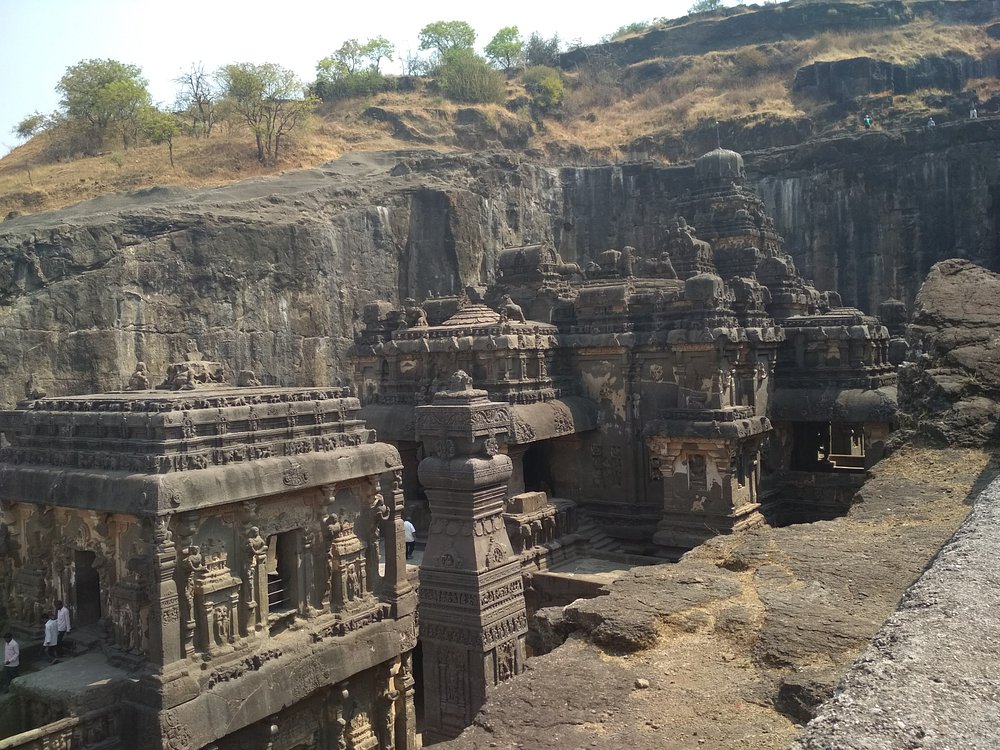
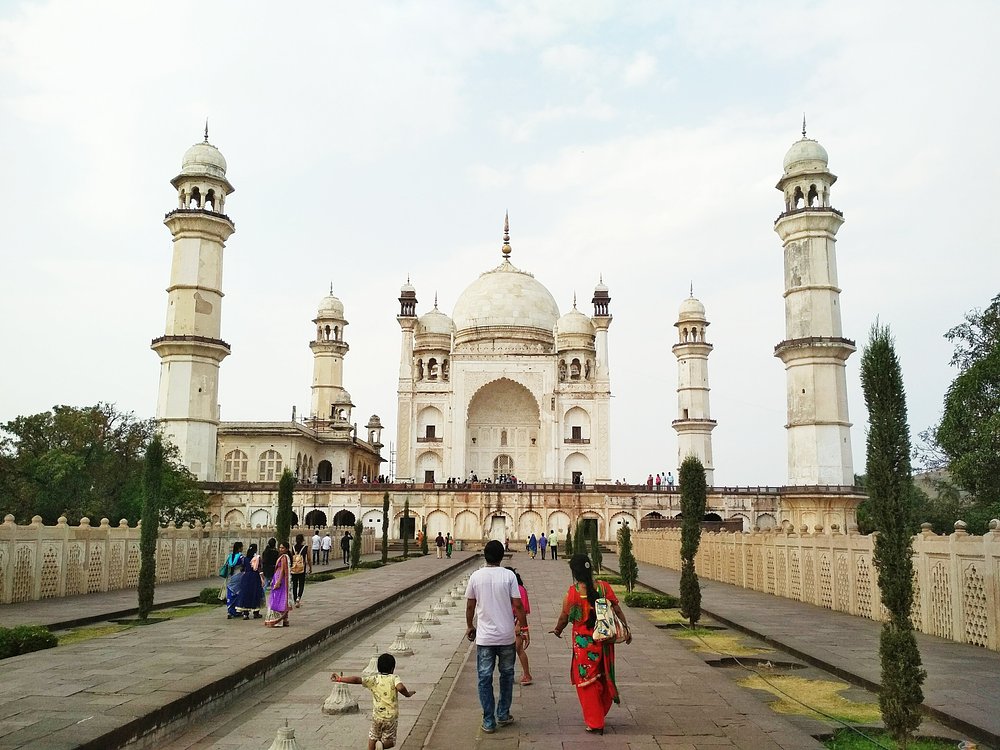
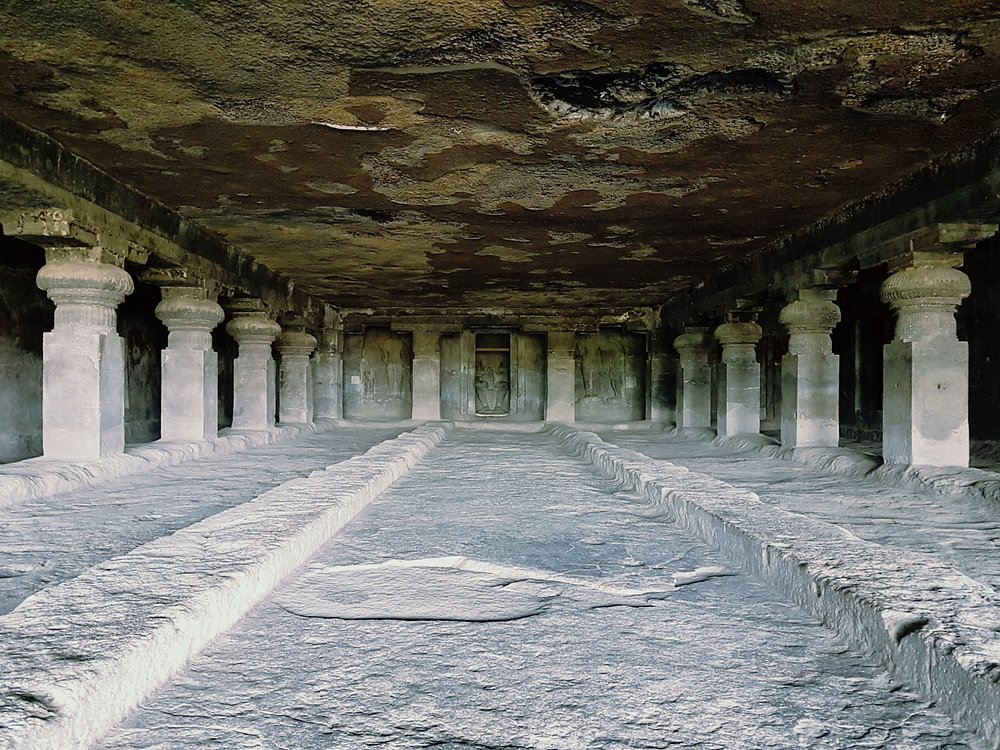
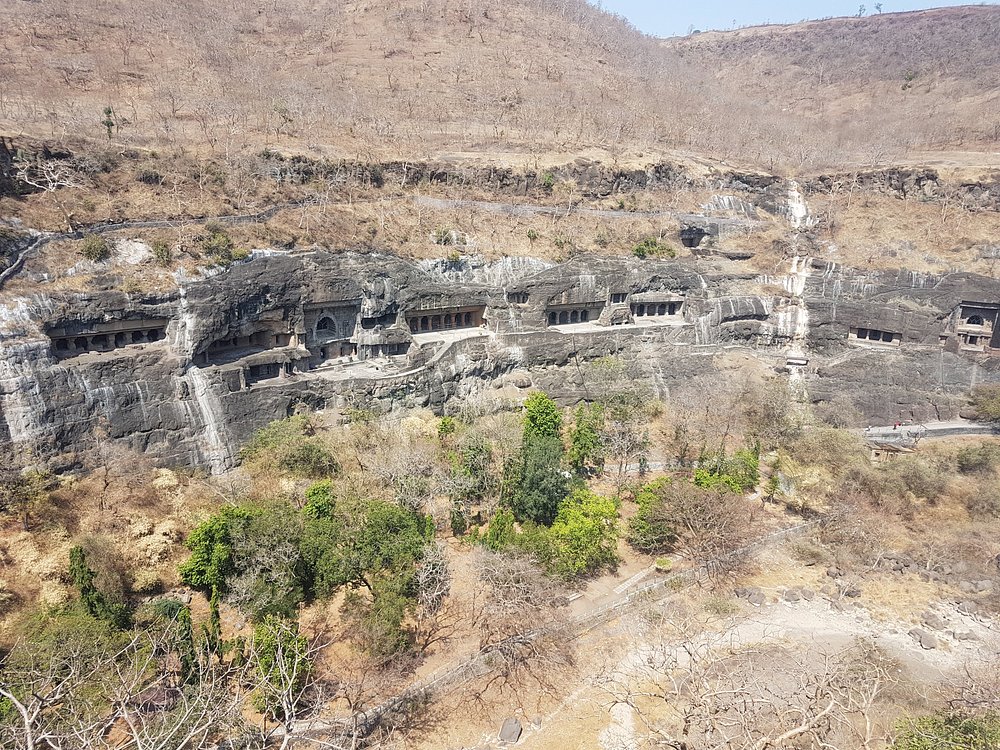
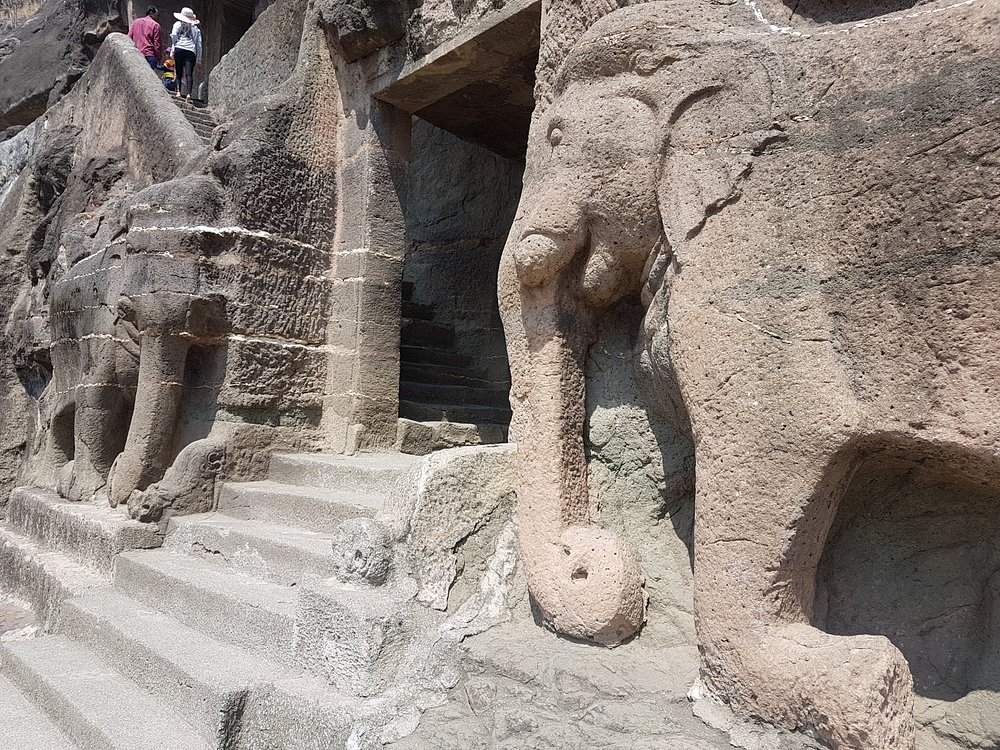
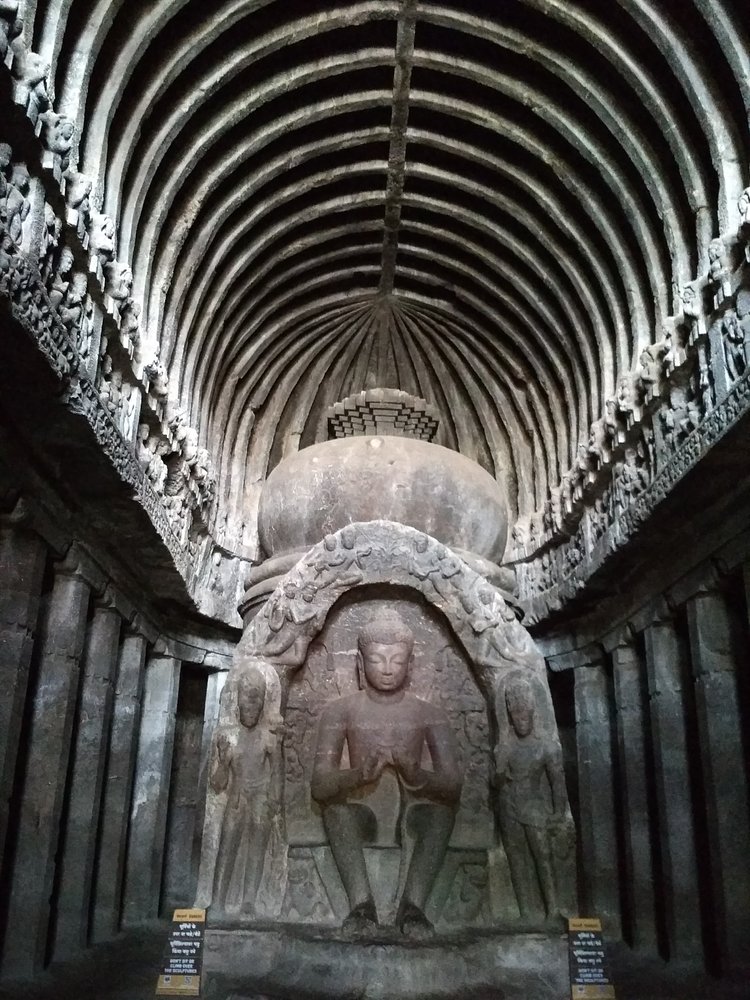
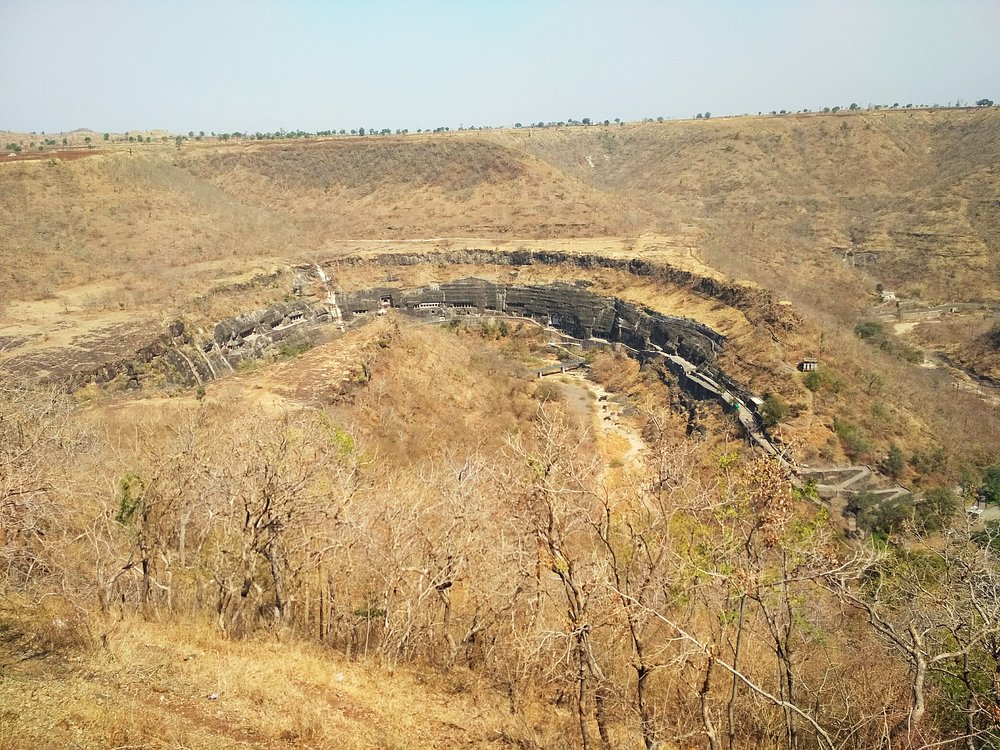
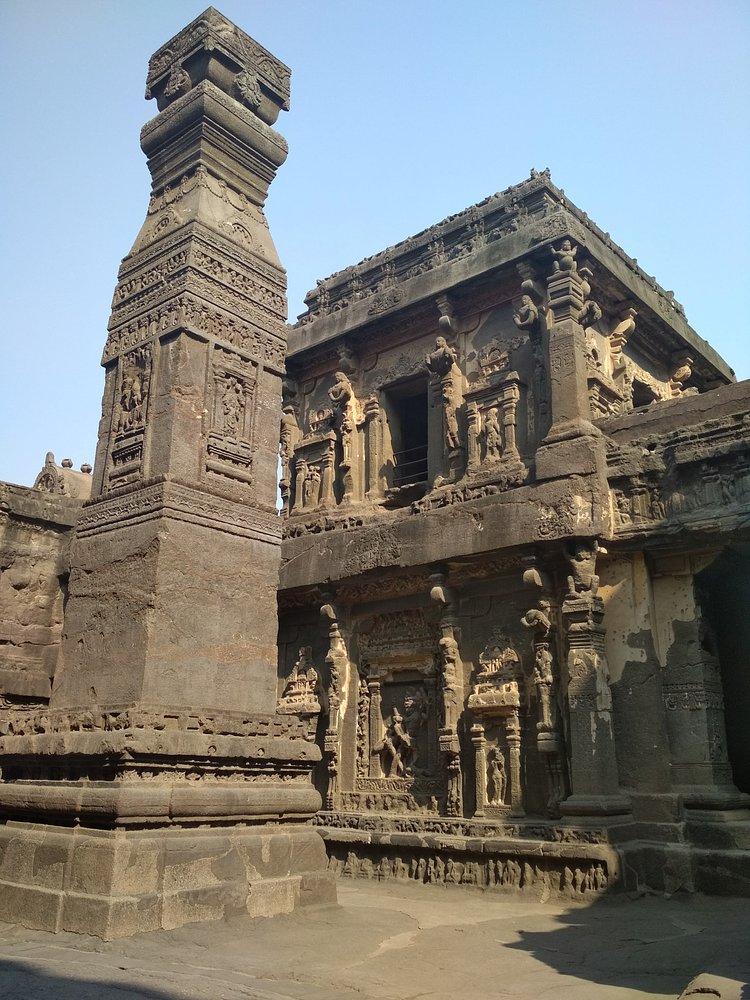
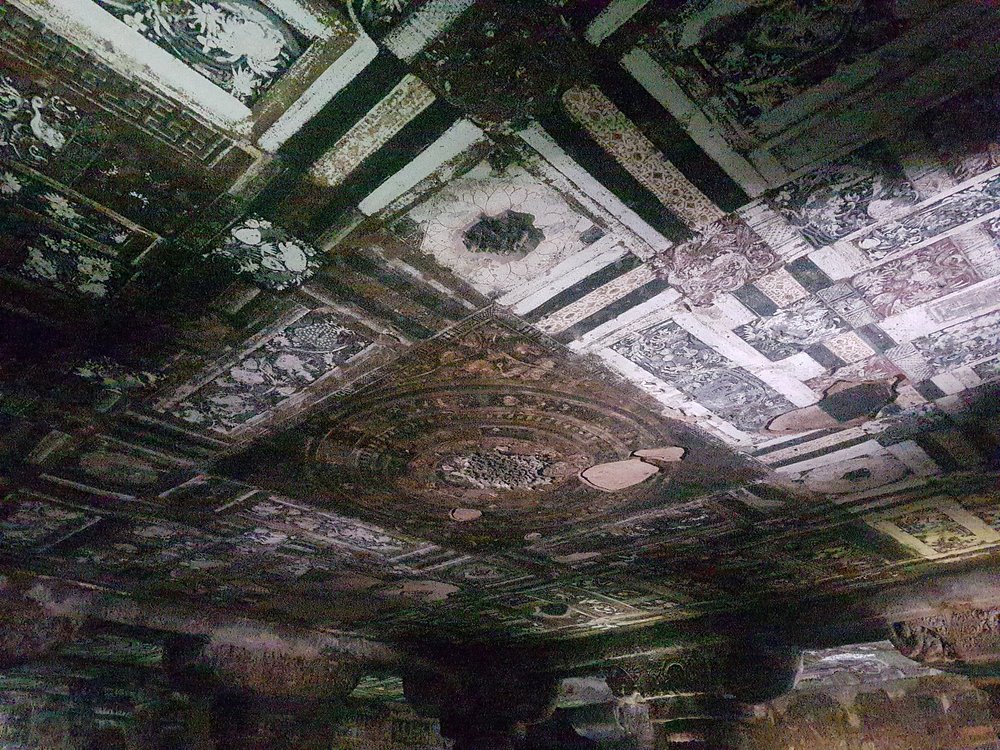
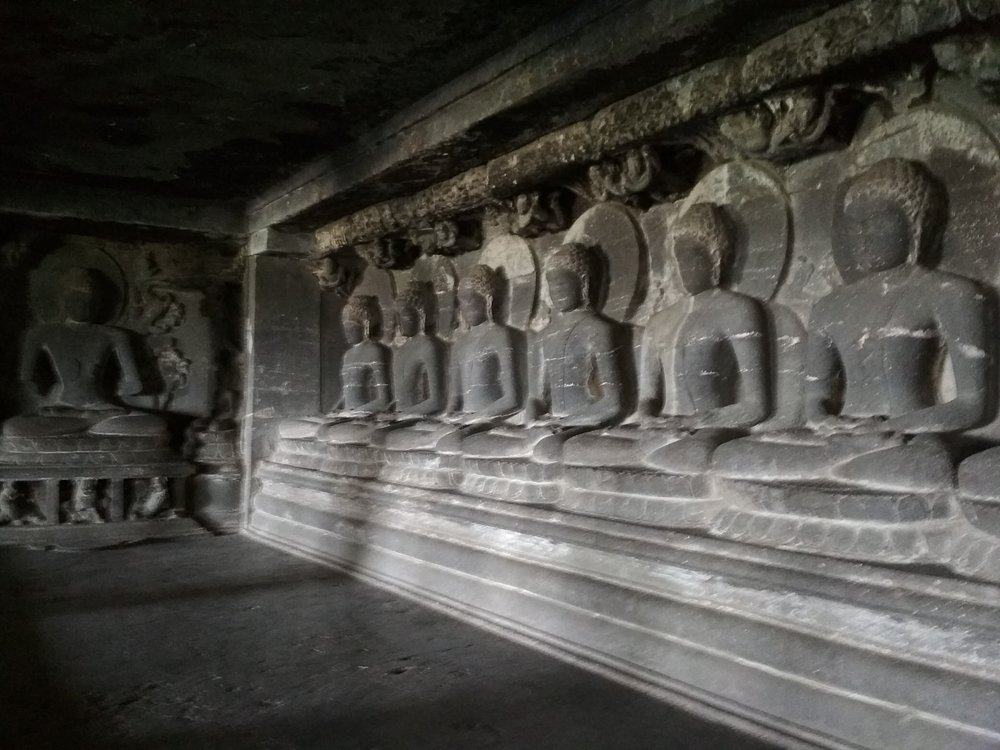
Share your thoughts
Please Sign In to leave a comment.
Please Sign In to leave a comment.